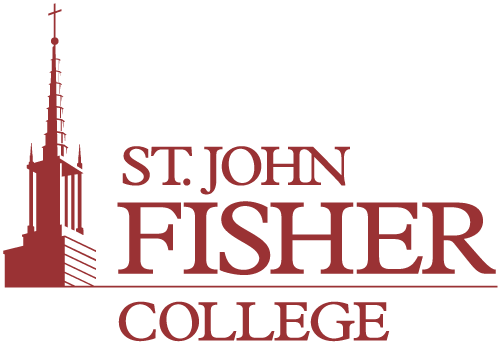Ralph C. Wilson, Jr. School of Education
Additional Information
Assessment System
The Professional Education Unit (PEU), in which the School of Education is the primary division, has implemented an assessment system to provide evidence of the successful achievement of state and national standards articulated by the professional associations and represented by our curriculum under the aegis of NCATE. The SoE/PEU collects and analyzes data on applicant qualifications, candidate and graduate performance, and unit operations to evaluate and improve the unit and its programs.
Student Support
Candidates are assessed regularly to monitor progress in meeting College and standards-based learning outcomes. To ensure that teacher candidates make satisfactory progress through their programs of study, a support process is employed to provide teacher candidates with ongoing feedback for continuous improvement. If course instructors, field experience supervisors, or academic advisors observe that candidates fall below the acceptable range on key assessments of knowledge, skills, or dispositions, they may recommend candidates to the Director of Candidate Advisement and Support Services who works with the candidate on a plan of action to support successful accomplishment of learning goals. This process is described in detail in the SoE Advising Handbook.
Course Grades/Required GPA/Program Progression
Candidates must have in-depth knowledge of the subject matter that they plan to teach as described in professional, state, and institutional standards. Candidates demonstrate their knowledge through inquiry, critical analysis, and synthesis of the subject in their coursework. Candidates must obtain a grade of “C” or higher in each course specifically required for certification in order to move on in the program. Required courses in which the candidate has achieved a grade lower than a “C” must be repeated. To maintain enrollment in a teacher education program, candidates must achieve a cumulative GPA of at least a 2.75 and a GPA of 3.00 in their major(s).
Professionalism
Candidates are expected to exhibit appropriate professional dispositions in their college classrooms, field experiences, and in their interactions with others. Dispositions are identified as the values, beliefs, and professional ethics that influence behaviors toward candidates, families, colleagues, and communities and affect student learning, motivation, and development. Dispositions are guided by beliefs and attitudes related to certain values such as compassion, fairness, honesty, responsibility, and social justice. Professionalism is demonstrated by teacher candidates who exhibit personal responsibility, reliability, respect for others, effective interpersonal relationships, ethical behavior including honesty and integrity, and valuing diversity and learning preferences. Candidates are expected to demonstrate professional behaviors both on- and off-campus. Candidates who exhibit inappropriate behaviors or who fail to meet disposition standards may be reviewed through the student support process or recommended for dismissal from the teacher education program.
Professional Development Schools
The faculty collaborates with colleagues in the higher education community and P–12 school partners to ensure a well-rounded and dynamic program of study for all candidates. Formal and informal partnerships between the SoE/PEU and its P–12 partner schools follow the nine essentials of professional development schools advanced by the National Association for Professional Development Schools (NAPDS) which are: a comprehensive mission that is broader in its outreach and scope than that of either partner alone; a school-university culture that promotes active engagement in the school community; ongoing and reciprocal professional development; a shared commitment to innovative and reflective practice; public sharing of the results of innovation and investigation; a formal agreement detailing roles and responsibilities of the respective partners; a shared forum for governance, reflection, and collaboration; shared faculty between university and school partners; and dedicated and shared resources and recognition structures.
